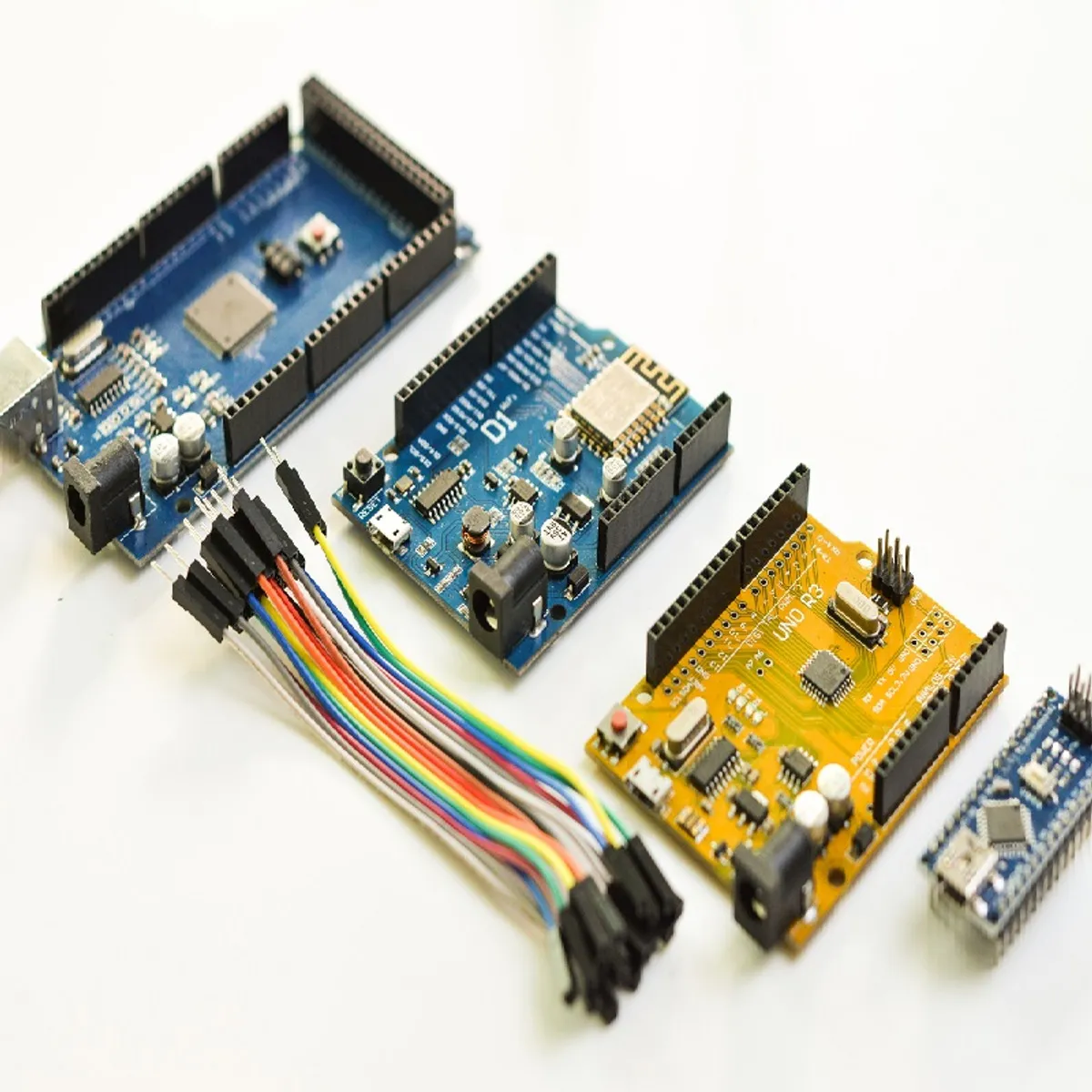
M2M & IoT Interface Design & Protocols for Embedded Systems 
Learn how to design and connect devices in the exciting world of M2M and IoT with this comprehensive online course. Whether you're a student looking to earn academic credit or a professional seeking to enhance your skills, this course is perfect for you. Explore concepts such as machine-to-machine communication, IoT systems development using AWS, and common communication protocols. Dive into topics like security, message queuing, and API design. With practical projects and hands-on experience, you'll gain the knowledge and expertise needed to develop embedded devices in IoT applications. Enroll now and take your career to the next level. ▼
ADVERTISEMENT
Course Feature
![]() Cost:
Cost:
Free
![]() Provider:
Provider:
Coursera
![]() Certificate:
Certificate:
Paid Certification
![]() Language:
Language:
English
Course Overview
❗The content presented here is sourced directly from Coursera platform. For comprehensive course details, including enrollment information, simply click on the 'Go to class' link on our website.
Updated in [September 15th, 2023]
What does this course tell?
(Please note that the following overview content is from the original platform)
This course can also be taken for academic credit as ECEA 5348, part of CU Boulder’s Master of Science in Electrical Engineering degree.M2M and IoT Interface Design and Protocols is the third of three classes in the Embedded Interface Design (EID) specialization, an online version of the on-campus EID class taught in graduate embedded systems design. This course is focused on connecting devices to each other and to the cloud to create prototypes and actual systems that flow data from devices to consumers. The class includes an introduction to M2M (Machine-to-Machine) and IoT (Internet of Things) concepts, using the cloud to develop IoT systems (specifically AWS (Amazon Web Services) and its IoT framework), a review of common communications protocols at every level of connected devices, and other IoT design concerns such as security, message queuing approaches, and the use and design of APIs and microservices . The content ranges from general design best practices to specifics for select tools and methods, but all are presented to support developing embedded devices in IoT applications. The class includes practical projects that let you try some of standard methods in software development of prototype graphical user interfaces for devices using AWS, Python, and optionally Node.JS. This course can be taken for academic credit as ECEA 5348, part of CU Boulder's Master of Science in Electrical Engineering degree.
We consider the value of this course from multiple aspects, and finally summarize it for you from three aspects: personal skills, career development, and further study:
(Kindly be aware that our content is optimized by AI tools while also undergoing moderation carefully from our editorial staff.)
What skills and knowledge will you acquire during this course?
By taking this course, students will acquire skills and knowledge in M2M and IoT concepts, cloud development, communications protocols, security, message queuing, API and microservices design, software development, and prototype graphical user interface development. They will also gain an understanding of the tools and methods used in embedded device development for IoT applications, such as AWS, Python, and Node.JS.
How does this course contribute to professional growth?
This course, M2M & IoT Interface Design & Protocols for Embedded Systems, contributes significantly to professional growth. By taking this course, individuals can enhance their knowledge and skills in the field of embedded systems design, specifically in the area of interface design and protocols for M2M and IoT applications.
One of the key benefits of this course is that it provides a comprehensive understanding of M2M and IoT concepts. This knowledge is crucial in today's technology-driven world, where interconnected devices and systems are becoming increasingly prevalent. By gaining expertise in this area, professionals can stay up-to-date with the latest trends and advancements in the industry, making them more valuable to employers and clients.
Additionally, this course focuses on connecting devices to each other and to the cloud, enabling the creation of prototypes and actual systems that transmit data from devices to consumers. This practical aspect of the course allows individuals to gain hands-on experience in developing IoT systems using popular platforms such as AWS. This experience is highly valuable in the job market, as employers are constantly seeking professionals who can effectively design and implement IoT solutions.
Furthermore, the course covers a range of topics related to IoT design, including security, message queuing approaches, and the use and design of APIs and microservices. These topics are essential for ensuring the reliability, scalability, and security of IoT systems. By mastering these concepts, professionals can contribute to the development of robust and secure IoT solutions, which are in high demand across various industries.
Moreover, the course includes practical projects that allow individuals to apply their knowledge and skills in software development. By working on these projects, professionals can gain hands-on experience in developing prototype graphical user interfaces for devices using AWS, Python, and optionally Node.JS. This practical experience not only enhances their technical skills but also demonstrates their ability to apply theoretical knowledge to real-world scenarios.
Overall, this course provides professionals with the necessary knowledge, skills, and practical experience to excel in the field of embedded systems design, particularly in the context of M2M and IoT applications. By completing this course, individuals can significantly contribute to their professional growth and increase their value in the job market.
Is this course suitable for preparing further education?
Yes, this course is suitable for preparing further education. It covers a range of topics related to M2M and IoT interface design and protocols for embedded systems, including an introduction to M2M and IoT concepts, using the cloud to develop IoT systems, a review of common communications protocols, security, message queuing approaches, and the use and design of APIs and microservices. The course also includes practical projects that allow students to gain hands-on experience with software development of prototype graphical user interfaces for devices.
Course Provider

Provider Coursera's Stats at AZClass
Discussion and Reviews
0.0 (Based on 0 reviews)
Explore Similar Online Courses
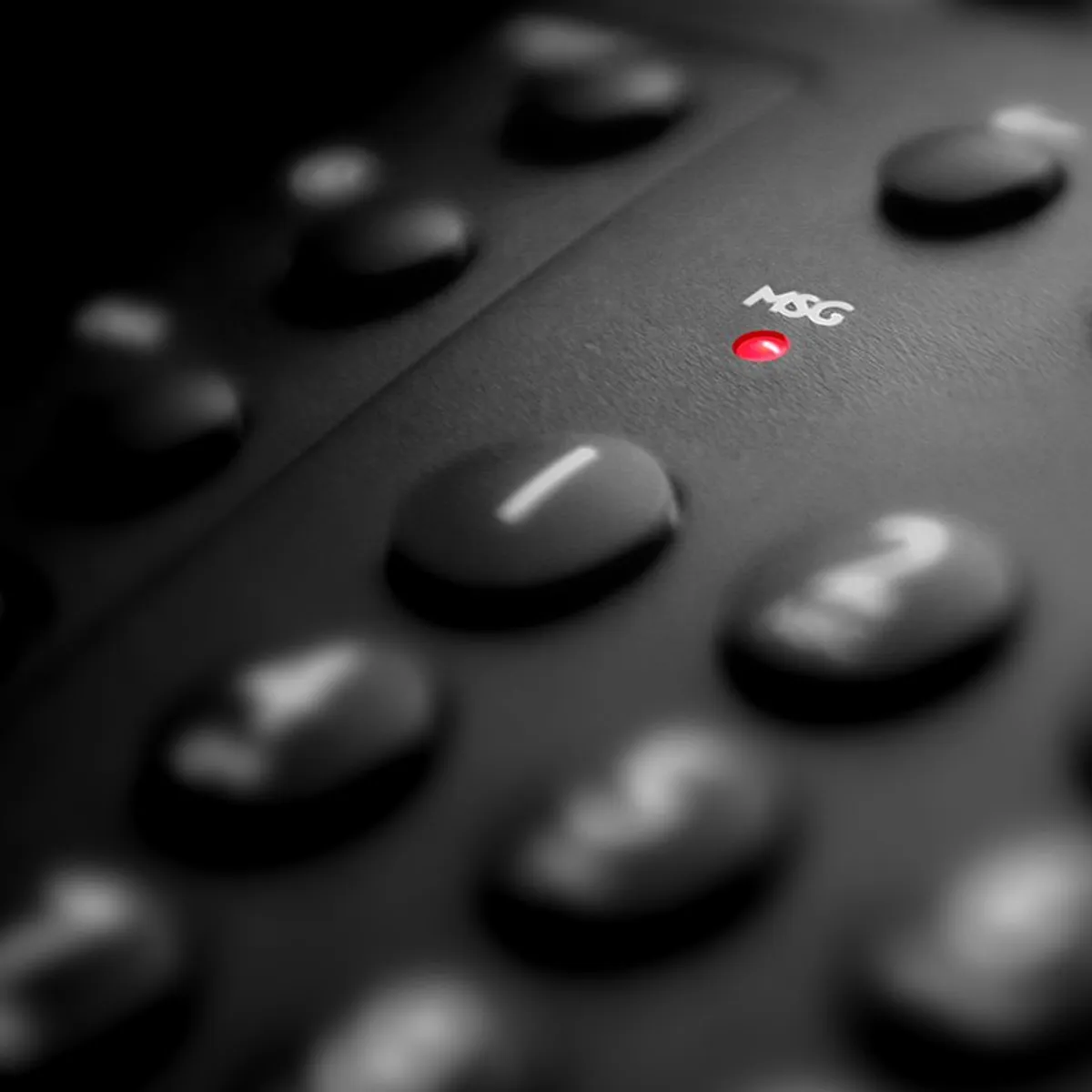
UX and Interface Design for Embedded Systems
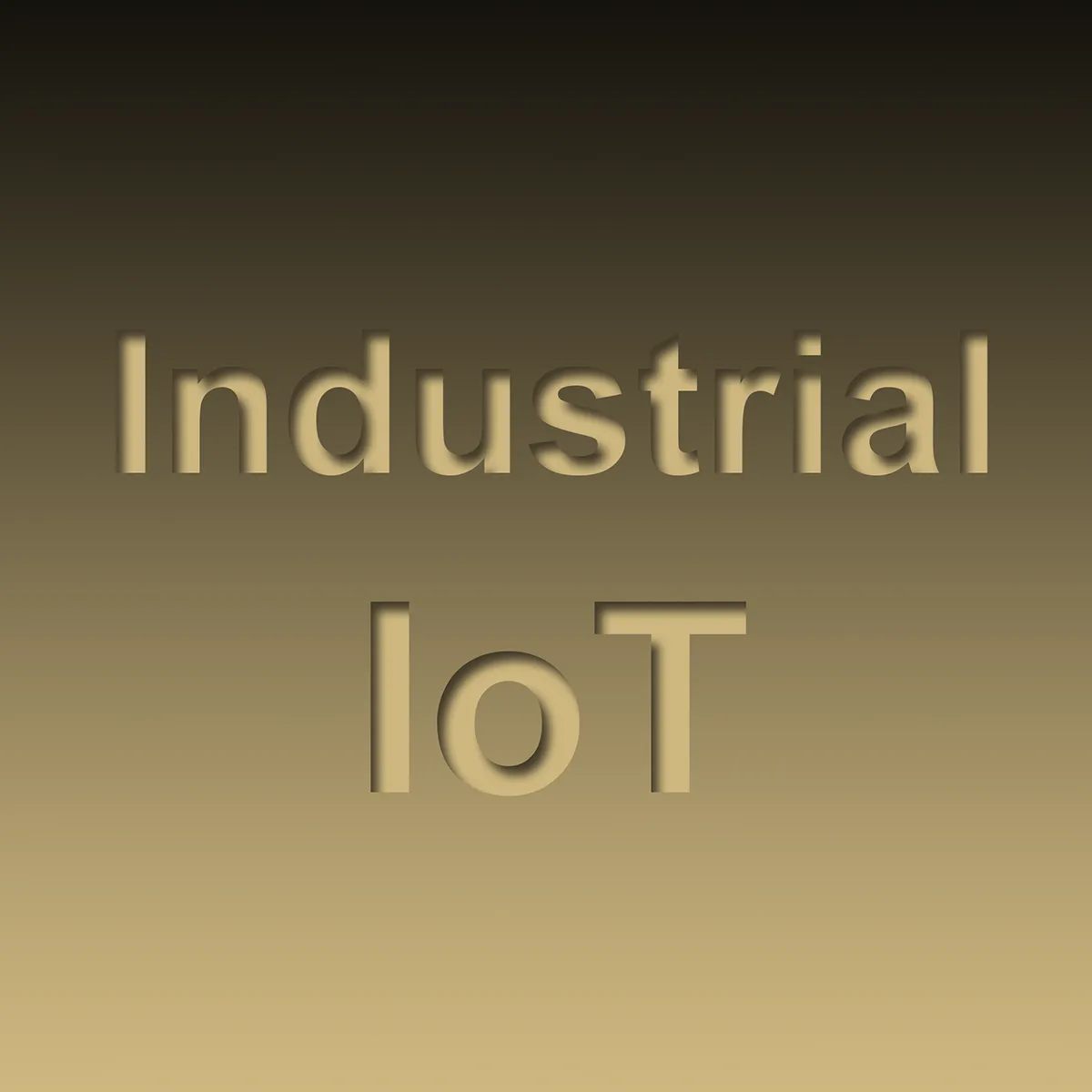
Modeling and Debugging Embedded Systems

Python for Informatics: Exploring Information

Social Network Analysis

Introduction to Systematic Review and Meta-Analysis

The Analytics Edge

DCO042 - Python For Informatics

Causal Diagrams: Draw Your Assumptions Before Your Conclusions

Whole genome sequencing of bacterial genomes - tools and applications
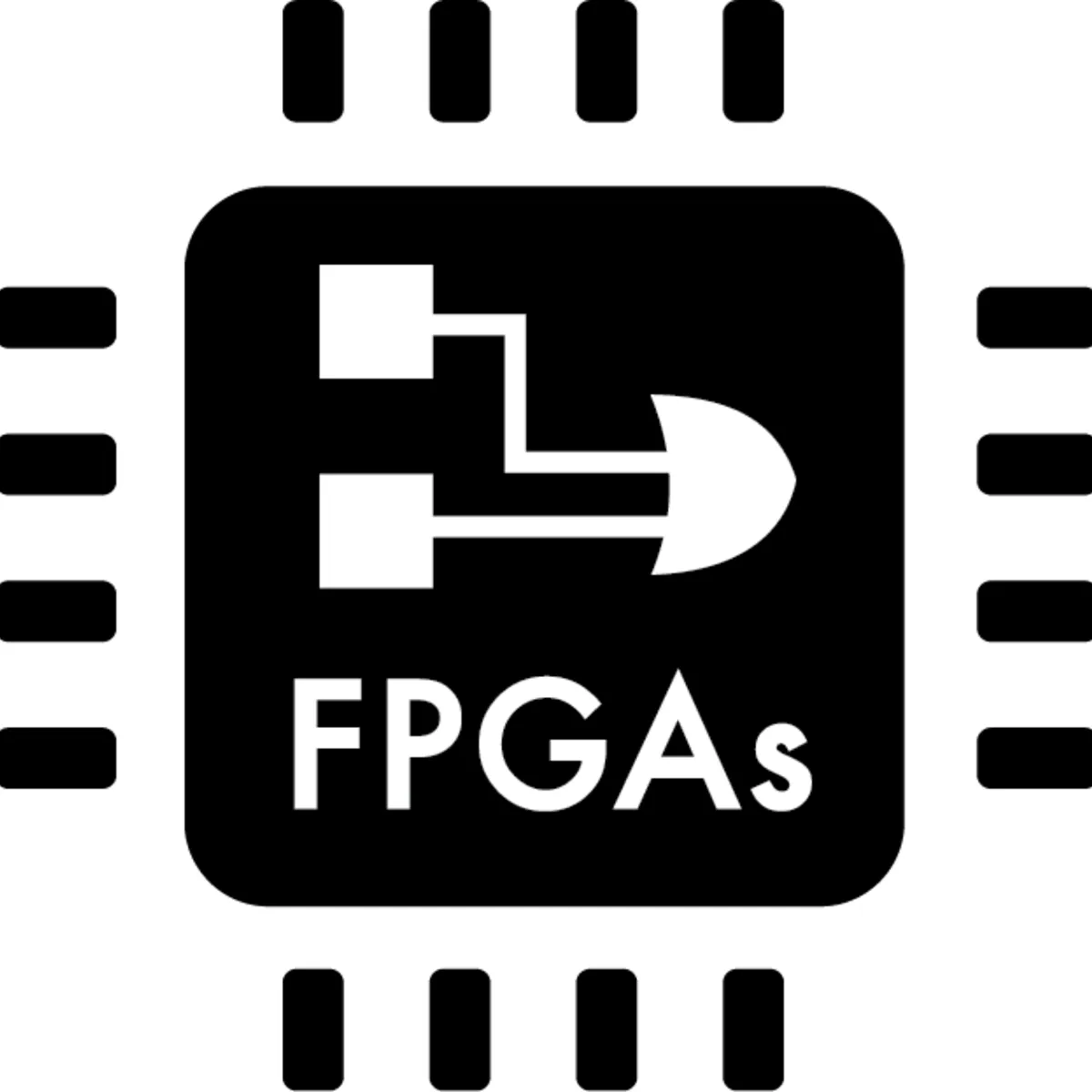
Introduction to FPGA Design for Embedded Systems
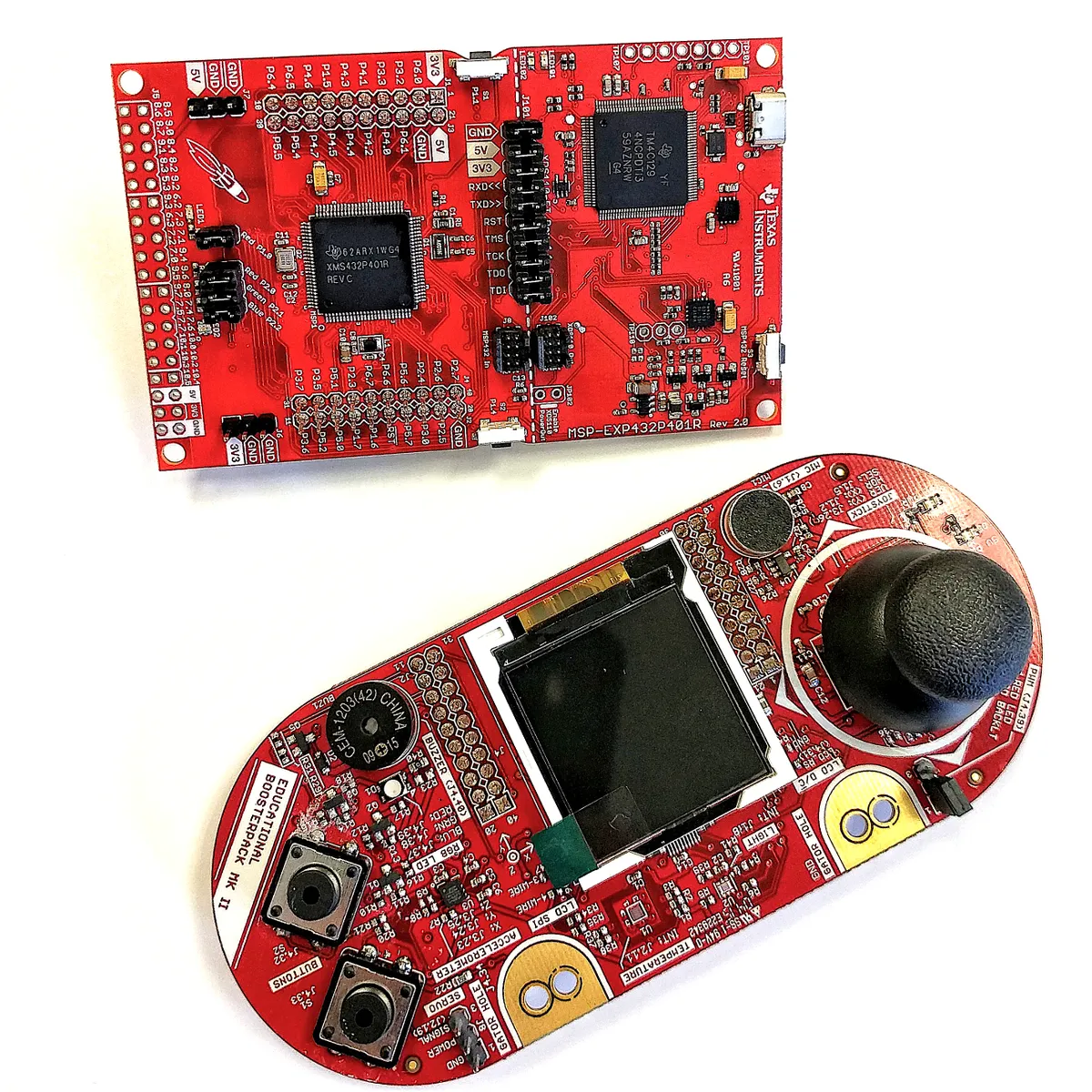
Introduction to Embedded Systems Software and Development Environments
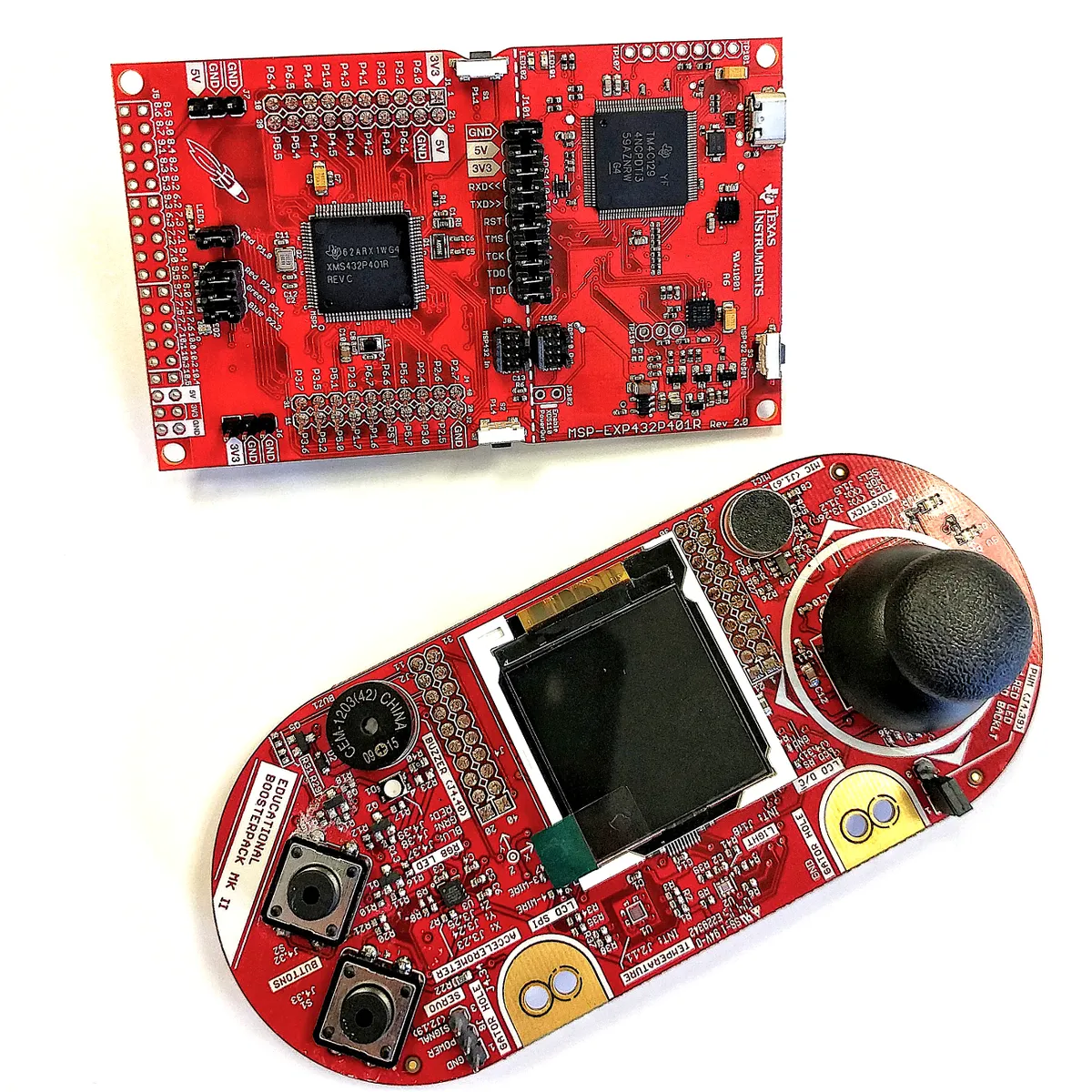

Start your review of M2M & IoT Interface Design & Protocols for Embedded Systems